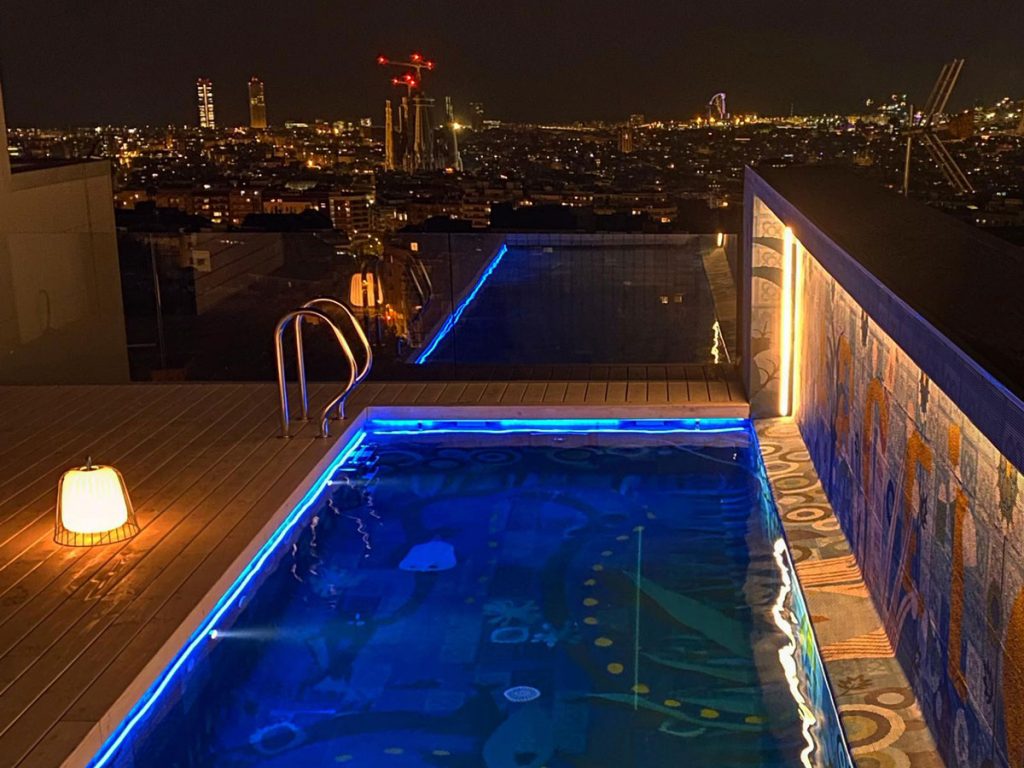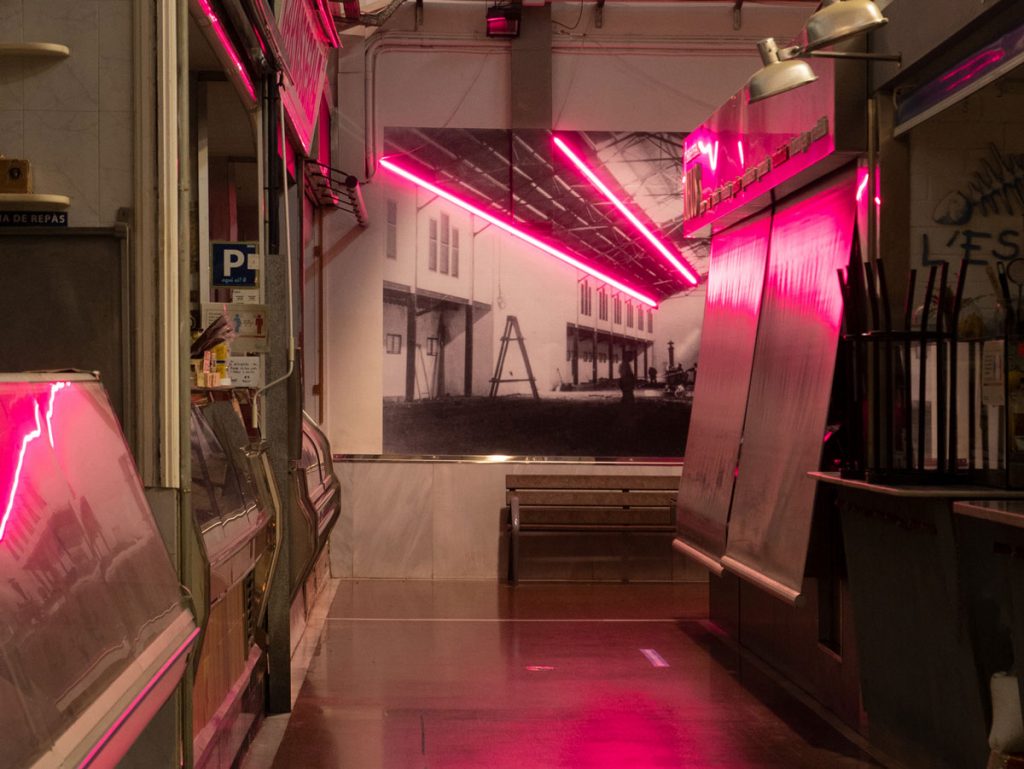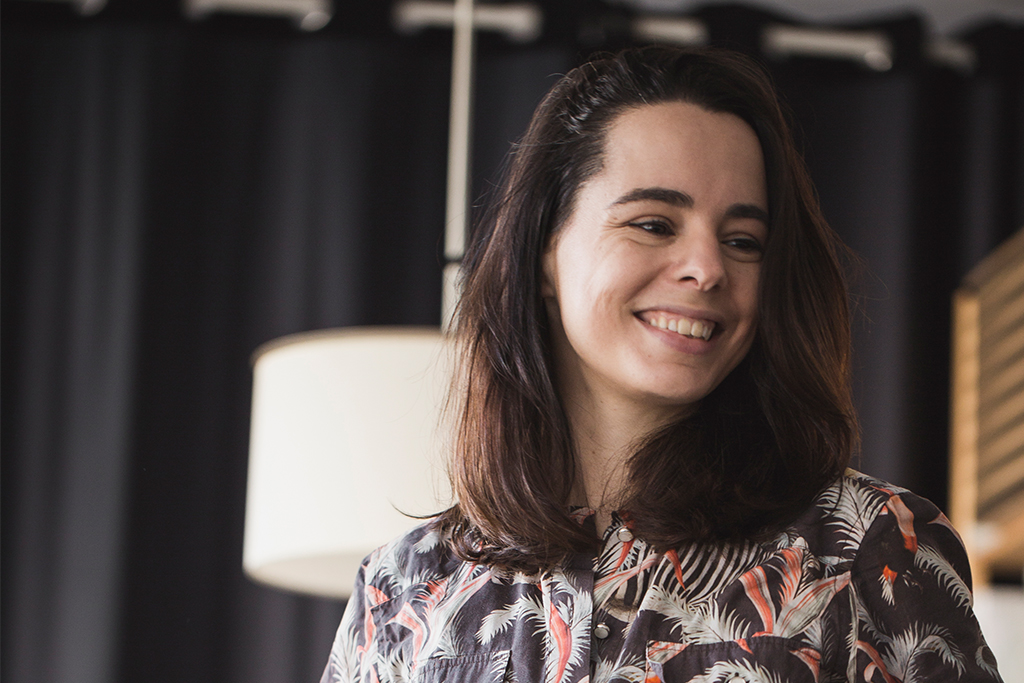
If something characterizes the founders of Krea Lighting Studio it is their accessibility and personal touch. They pride themselves on listening to customers and providing the best strategy, as well as the talent, creative approach and attention to detail that deliver the best solution to every need. They are convinced that their commitment to and enthusiasm for well done work will take them far.
In 2018 you founded your studio, Krea Lighting. What led you to do it together? Were you close friends?
Susana: No, the truth is that we had never worked together, we only met because we had some common suppliers. We were at a decisive point at a time when Mary was deciding between going into teaching or continuing with projects and I had to decide my professional future from among several proposals.
Mary: It was a matter of good vibrations, Susana inspired trust from the very beginning. We only needed to meet a couple of times to decide to combine our knowledge and experience and establish Krea Lighting.

Is it difficult to get into the profession as an independent studio? What are the biggest challenges you faced?
Mary: The biggest challenge is economic. The current pandemic situation is extraordinarily complex. The rest needs dedication and enthusiasm.
Susana: Developing projects is no problem for us, beyond the challenges that each customer poses. In contrast, all the management and paperwork issues involved in founding a company are time-consuming and are exhausting. In our case, because our premises are on the ground floor and visible from the street, the architectural and regulatory requirements are much greater.

The question we must ask is, where does your interest in light come from?
Mary: My interest in light came by pure chance. When I was quite young, I went to work in a lighting company as an office worker. There I discovered the enormous possibilities light offers to the point that the manager encouraged me to devote myself to it and to study interior design, so I’d have the basics. I fell in love with light from the outset.
Susana: I studied interior design, but when I joined a food company in 2001 that was developing projects for markets, pastry shops, butchers, shops or restaurants, I realized the enormous importance of light in general, and especially how it affected people’s perception of food. But as an interior designer you are not a lighting expert, so I sought out the studies I needed and took the Master in Lighting Design from UPC in Barcelona, of which I am currently coordinator.

What kind of projects are you working on?
Susana: The current situation, which allows us to work online, gives us the opportunity to develop all kinds of projects at local, national and international levels. Having the studio in Vic does not limit us in any way. But it is true that the pandemic has boosted housing projects.
Mary: Currently we are also working on a couple of restaurants, shops, a showroom in Barcelona and on teaching.

Have you developed a language that characterizes you as a studio?
Mary: More than a language or style, I would say that what characterizes our work is that we always listen to our customers to determine their needs. Once they are established, we can develop the most suitable solutions.
Susana: Even if customers don’t know anything about lighting, if they know how they like to live or how they like to work, they understand their needs better than anyone else. Therefore, this initial and close contact is essential for achieving the best results. And I’m not just talking about small projects; we’re always present from the beginning, ready to establish a one-on-one relationship. If something defines us as a studio, it is our accessibility.

When you establish that close contact with the owners, do you think they are generally sophisticated enough to understand the language of light as the generator of architectural narrative?
Susana: Generally, our customers come to us, which is important because it means they have a specific interest in lighting. Many of them say, ‘I don’t know what or how, but I want it to be well lit’. In our case, after having completed several projects, it is often word of mouth that works best. People come and say, ‘Wow, that has turned out well! Who did it?’ and then they come to us. From when they first show their interest, we try to educate them about how important lighting is as a component in the development of a narrative.
Mary: Going back to the close personal contact we mentioned before, we not only design the visual project, but we are fully involved: we arrange visits, perform light tests, advise, explain why we have chosen one product or another, advise on the pros and cons… We are totally involved with the architects and installers on site, and we always try to be part of the overall team. We can develop a great project, but if we do not cooperate with the architect, the interior designer and the installer afterwards, it won’t turn out as we want.

When you talk to architects, interior designers and installers do you need to adapt your language to theirs, so that the projects can be successfully implemented?
Susana: The difference between them and us is that when we work with architects and interior designers, they perceive us as a plus in their work. Installers, however, often see us as competitors that invade their area and will make their lives more difficult. In fact, many of them come straight out with it. Our relationship with installers is more complex, but the results speak for themselves. Once they see the finished project and the relationship has gone smoothly, they end up acknowledging our contribution.
Mary: It depends on the project. In our case, we know installers who are regular customers and who call us directly. We have recently worked on a series of homes and it was the installer who invited us to take part, because we add value to their work. Although there are all kinds attitudes, fortunately some people are beginning to appreciate us.

Do you like to use lines of light in your projects?
Susana: A lot. They are excellent for emphasising architecture and hiding the light source.
Mary: They are practical; they give great results and are easy to incorporate into projects. At the moment we are involved in modular houses for which we have made a prototype that incorporates several light lines. And we always work with Lluria, because of their proximity, efficient service and problem-solving capability. It’s a company with a great team behind it.
Susana: Yes, and another point in their favour is that their catalogue enables us to choose from a wide variety of profile and linear led models, whether for a project that requires the highest quality or for lower budget projects. And what we appreciate most is their ability to adapt when making custom lengths. We find it very practical and the installers are more than happy with the results.











